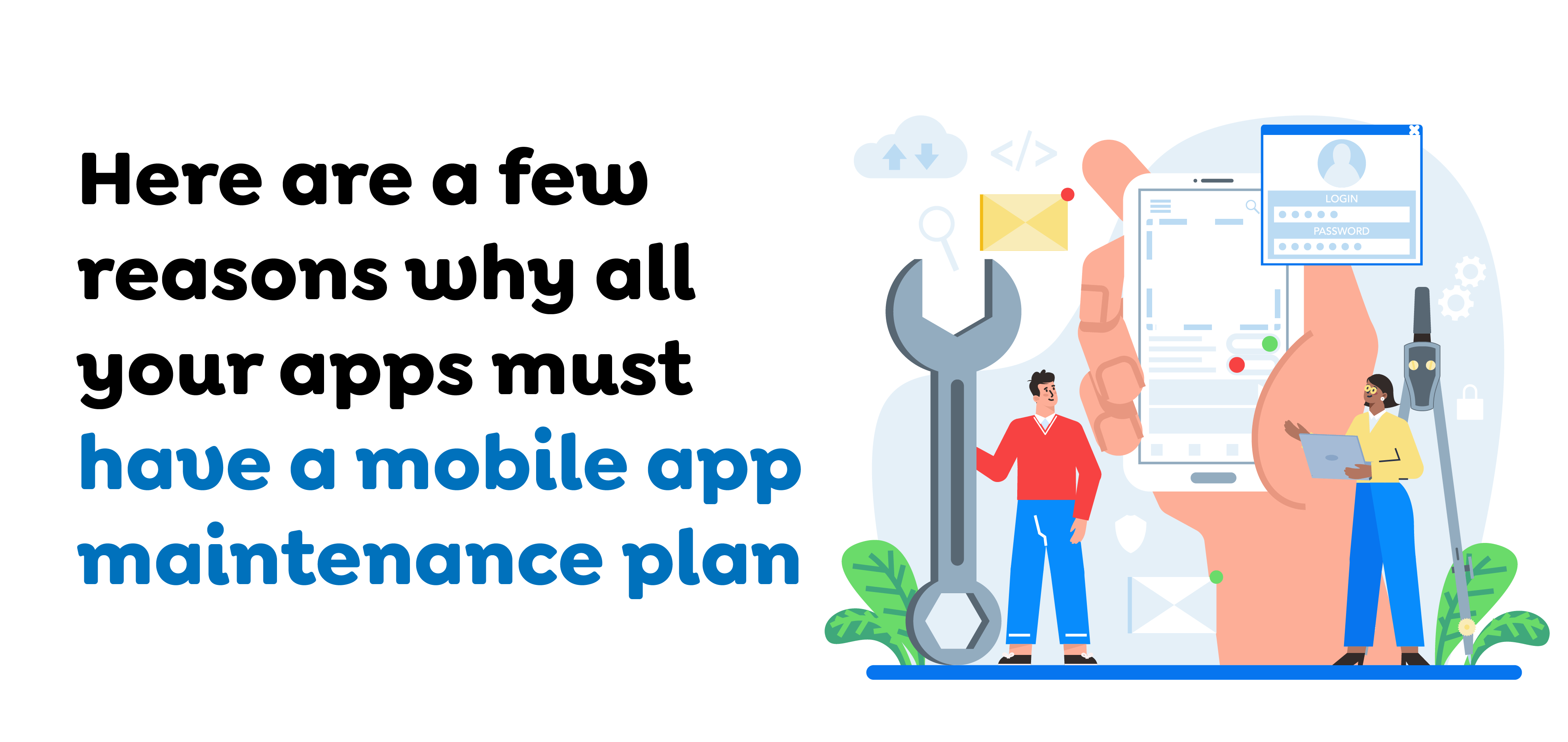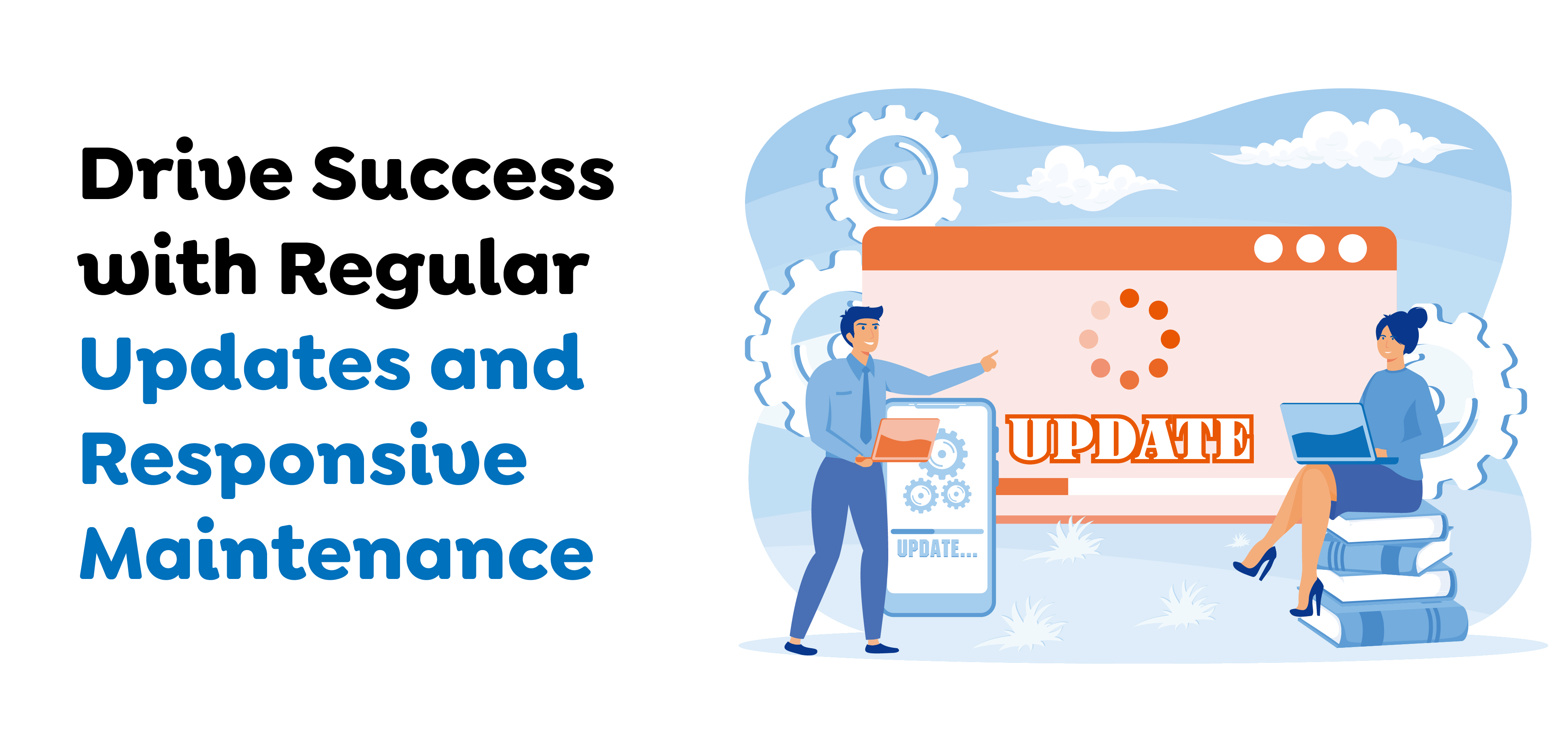Write Us
We are just a call away
[ LET’S TALK AI ]
X
Discover AI-
Powered Solutions
Get ready to explore cutting-edge AI technologies that can transform your workflow!


In today’s world of infinite possibilities, it’s not sufficient to make an app; there is so much more. Apple Cleaned Its Store: In the year 2016, Apple completely removed 50,000 apps that had no downloads for the last 12 months.
App developers anywhere that would not have existed for the next six months could be developed by almost anybody. Because an on-demand app development company has recently developed an application with the help of the latest technology and enters a rather saturated market, the services and the interface must be thoroughly convenient to reduce the chances that people may get bored and stop using the application. Therefore, in our case, the ability to sustain the flow and growth of the app is also relevant.

Furthermore, the fluency user abandon rate report indicated that 25% of the users are unable to continually use the application after the first day and 72% of the users after one month. Hence, for businesses using the app, it is crucial to ensure it is updated and well taken care of.
Transforming into superior mobile maintenance software is crucial to enhancing and preserving the usefulness of the application, thereby reducing its relevance. Could you please allow yourself to be concerned with the following aspects? Why do mobile applications require updating? When should they be updated, etc.?
In this blog, we will answer each of these questions in detail, starting with the initial steps one has to take. Continue reading to arm yourself with know-how about mobile app maintenance.

Mobile app maintenance can be defined as the process of keeping an already developed mobile application up and running for the purpose of addressing bugs, adding some new features, and ensuring that the application undergoes periodic updates, among other activities.
Mobile application maintenance is the process of improving the existing functional features and adding new features and services to meet the end user’s needs. I still wake up in the morning and think of myself as a writer. It comprises enhancements made to the mobile app after it has been released to the market, as well as bugs that are corrected regarding the overall architecture and performance of the mobile app. In addition, it also incorporates the capability of maintaining the compatibility of the application with the evolution of operating systems and devices. It supports the ultimate technicality of the users while making sure that the application is secure and reliable.
Would you consider or even think about an application that has not been updated for some months? In mobile app development, you undoubtedly want to have your business last as long as possible, or at least remain commercially viable. For that, ensure that your app centers on the user’s needs. Through this, ensure that your app is relevant and always renewed to meet the new user’s ever-changing demands. Today, users remain constantly logged in to the latest updates in Google play store and Apple App stores.
The frequency of updating an app generally depends on the features that are available for the app to unlock and incorporate. However, it is usually every month. This is how the pricing structure is designed for the sake of customers and subscribers.

Every year, the latest technology trends arrive in the markets, making it challenging for an individual to keep abreast of the latest fashion or trend. The public always welcomes innovation and improvement in product quality and services at their disposal. There is nothing like giving customers the latest changes or even fixing bugs that are dressed up as new features in the existing apps. The only way out is to allow the user to download the latest version of the app in order to resolve the issue.
There is chaos in the technological advance world, and nothing is very permanent here. It arises from the notion that everything is in motion, evolving at a fast pace, and therefore is the application for maintenance. For an application to work as planned, you have to reduce its feature and function options, create or reserve the necessary space, as well as accommodate for updates. Below, we find a fact that is out of the ordinary, 71% of the users make it a point to delete the unnecessary applications that are installed on the device since they do not find them new or too interesting within 90 days of installation.
The social media industry today is highly competitive and established, and no organization would wish to be left behind.
Frequent users of such applications are always looking out for updates, especially users of Android and iOS apps. They would not like to be faced with any forms of discomfort, such as time incongruence in correcting an issue or functionality drawbacks. They would like to have a stable app with updates, not the other way around. If you are not developing the new update for the app, it may lose regular users and fail to attract new users that are so essential in app development.
Proper analysis of the app can help device holders maintain the mobile application effectively. There are functional and correctional ways to keep the app up-to-date, as well as ways to enhance its market position and trends. Maximum utilization on an upgrade means that you must be smart enough in your decision-making in that context. Maintain engagement in mobile apps with an active eye on the data and growth to increase the functionality of the application. This would assist in updating the app to its optimal state and modifying the strategy depending on required changes or planned alterations.
That is why, to make clients enjoy an app, there must be constant updates to enhance its functionality. Informing customers about a store’s latest products and changes shows that you have their interest at heart. Furthermore, constant app improvements also contribute to a positive shift in-app ratings on app stores, ratings, and even reviews of the app’s general use. If the app is dynamically developing, your downloads will not belong. In other words, they would not be useful in determining what new feature or major component should be included next in the app itself. Therefore, the business investments would generate a proper return on investment as planned.
Hacking of your mobile application remains rather easy, hence the high likelihood of it being attacked by hackers. In the usage of the applications, the more we use them, while on the other side, the greater the cyber threats. For more effective security, the factor of mobile app security should be incorporated into your business to sign up for better cybersecurity. It is one of the best ways to ensure the usability and safety of users. However, if the application is left without updates, there is a possibility that the app will contain some fuzziness resulting from cyber threats.
Each operating system always knows about the further updates that contain additional deals and close security holes in earlier versions of that operating system. In the same manner, both iOS and Android strongly adhere to the practice of regular updates to their versions. Thus, it helps once more in making the result of the show more gratifying for the spectators. As it was mentioned, if you do not update your app to the most recent operating system version, there can be a problem with performance.
These libraries can prove to be of a lot of help in some of the aspects that might hold programs after their implementation, such as the creation of visuals, different text communication protocols, and many others. Consumed libraries that are being employed via mobile applications may become obsolete. Thus, the updates to the software library and its optimization are crucial points for keeping the application in the top condition.

In this case, it may be appropriate to ask how often the app should be updated or changed based on the feedback from the market.
Frankly, consumers just cannot be easily pleased in the current world we live in. Creating an application and releasing it is the first step in the process of continuous improvement of the application. Therefore, the pressure on the app market is higher than ever. You can hire dedicated developers to update the app periodically, as in:
What do you like about how it works? It works as per the schedule and gives substantial modifications and innovations
Such updates are made to quickly eradicate any errors or malfunctions that may come into existence.
This is the case because it means developers can be able to release updates they would want to make regardless of the time.
So for the 100 grossing apps recently analyzed by the researchers of Instabug apps’ updates are released every 14 days. This was seen in another study conducted by Appbot whereby the 200 highest free apps had an update frequency of 18 days.
These depend with the business objectives and the utility of the application being updated as mentioned earlier in the article. For instance, a free app should take 20 to 25 days to make it possible for a developer to monetize through sales of a premium version, display of ads, and selling other things within the app. In general, it is possible to enhance the app’s performance multiple times to make it better.
Have questions? I just want to highlight that you won’t find a larger team of professionals who can cover every essential need of your app business.
Let’s talk with our team to know more about it!

Like any other object in the digital environment, apps are not without their flaws. Haven stated a good mobile app development company has to design it, there are times when bugs may crop up at any given time of the cycle of development of mobile applications. The probability is probably highest when you are in desperation to release the app.
But, you know, there is always an upside to bugs – they can be spotted and eradicated. If you fail to do this you may find your customers have gone elsewhere and you cannot fault them because you also have not made changes when the time was right to do so.
Users are immersed in new products, applications, and its updates or new features. Bringing changes to the core items of the interface: updating its features or adding new features to meet users’ expectations. This is the only time you are alive to the world and the world is alive to you; and you are busy working on the apps which need to be updated. It would also help ensure that you could also maintain the pace with the other similar competitive applications. Stay updated on the current and future trends in the mobile market, apps can be found that are updated often, stay consistent, and be adaptable.
Application content is the main ingredient as it determines the substance and purpose of an application. Still, do not disregard the cover sheet. Design is important as it makes the first formative impression on the user’s mind at the initial instance with the application. Consider the following reasons for updating, modifying, and improving overall UI/UX:
They include checking out app reviews similar to your app and figuring out where it is safe to focus and what is off-limits.

Generally, the development of mobile applications is costly and does not come with a cheap price tag for app maintenance as well. It proves to be expensive if you are already building an in-house team to develop an app, inclusive of mobile app developers and testers who are paid their monthly wages. Thus, the viability of tendering mobile app maintenance or outsourcing it to other companies becomes appealing to businesses in the long run.
Generally, development partners build a capable team that is in touch with the latest product changes. However, it should contain useful information for companies, especially when it comes to the budget since this component is important when determining the cost associated with an app.
According to market conventions, insurance costs $15–$20 for application maintenance for each $100 used in mobile app development.
Also Read – How to Choose a Mobile App Development Company?
However, it is still unusual that the majority of initially developed features are not used in the new app at all. Thus, the potential should be created for further evolution of the app to prepare a straightforward app that would allow it to evolve following the consumers’ requirements. It is always better to start with a less useful app with some pointless features and then add something useful.

If an app is updated, its lifespan is determined. If you want to add more new users and maintain the current ones, then update the app with bug fixes at the right time and build enthusiasm for customer feedback. Moreover, mobile app maintenance services understand that, which is why it is essential to clarify the conditions of cooperation and the nature of the project. The frequency with which the app is likely to be updated depends on the business target, the rate of app growth, and the market tenor. From the stated objectives, Techugo, a top mobile app development company has a history of offering credible and quality mobile app development services to its clients in the past. There are ways to guarantee that your app will achieve its objectives, consistently retain its clients’ satisfaction, and give timely updates.
Get in Touch with our team and know more about the development and mobile app maintenance process!
Write Us
sales@techugo.comOr fill this form